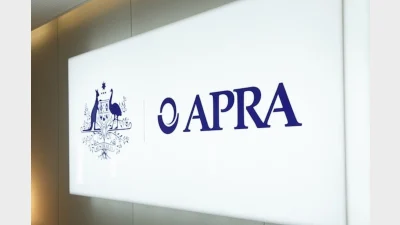Early super access used for mortgage payments



Making mortgage payments and paying household bills were the two main criteria used by people withdrawing their superannuation early.
According to the Australian Bureau of Statistics (ABS), as of September 2020, 29% of people who utilised the early access to super scheme used their super to pay off their mortgage while 27% used it to pay household bills.
Other categories included paying off personal debt (15%), payments related to vehicle (6%) or adding to savings (13%).
Another 12% of people said they used the funds for ‘other’ reasons.
The average single withdrawal was $7,728 for the first tranche and then $7,536 in the second opportunity while those who accessed the scheme twice, withdrew a total average of $17,441, the ABS said.
A total of around $36 billion was withdrawn by super members during the available period with the average age of people utilising the scheme being 38. The largest withdrawals were seen by the largest super fund AustralianSuper, where members withdrew $4.9 billion, and Sunsuper among the most-affected super funds.
Recommended for you
The winners have been announced for the 2025 Super Fund of the Year Awards, held in Melbourne on 26 November.
Australian Ethical Superannuation has seen additional licence conditions imposed on it by APRA over the fund’s expenditure management.
The fund has strengthened its leadership team with three appointments to drive its next phase of growth and innovation.
ASIC and APRA have warned many trustees have failed to meaningfully improve retirement strategies despite the retirement income covenant being in place for three years.










